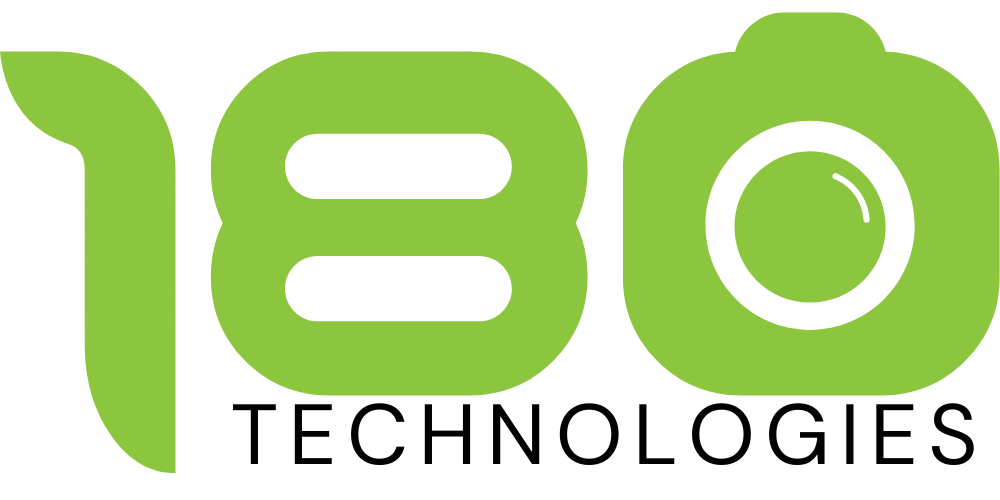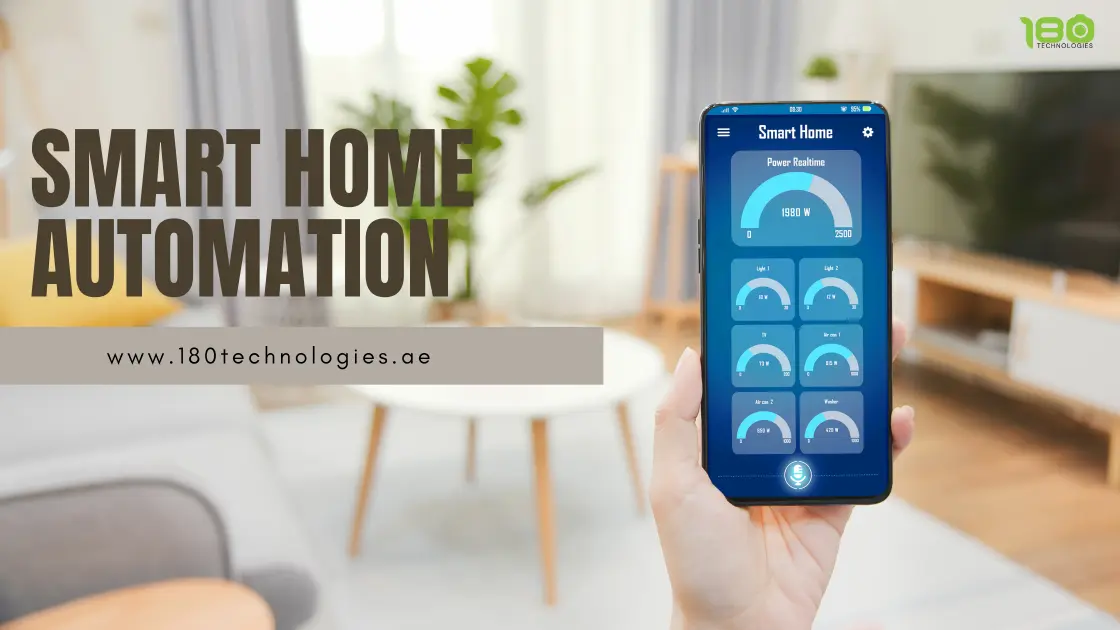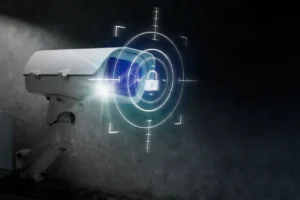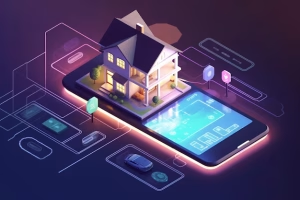Introduction
Our homes have been automated for decades, from flipping a light switch to opening your garage door with a remote control. The concept dates back to the 1934 Chicago World’s Fair when the “house of the future” was unveiled. However, because of the Internet, sensors, and connection, the automated home has evolved into the smart home during the last 80 years. Modern smart home automation can do more than just turn on the lights and heat; it can think for us.
In this guide, we’ll explain what smart home automation is, how it can help you, and explore the latest and greatest technologies, products, and services in the Home Automation field.

The terms “Home Automation,” “Connected Devices” and “Internet of Things” are often used interchangeably, but they are distinct parts of the Smart Home concept
Smart home automation
This is where a home’s electrical devices are connected to a central system that automates those devices based on user input. For example, you push a button and your shades go up, or you give a voice command and your lights turn on.
Connected devices
These are electrical devices that are intelligent, courtesy of a connection to the Internet and sensors. These devices know or are able to anticipate what a user needs. At first, this intelligence comes from user programing, but with time the device can learn and adapt to patterns and interact with its users.
Internet of Things
IoT is the magic dust that turns the automated home into the smart home. With a combination of sensors, smarts and systems, IoT connects everyday objects to a network, enabling those objects to complete tasks and communicate with each other, with no user input.
When you combine home automation, connected devices, and IoT you get a Smart Home automation. A modern smart home can be easily controlled through a smartphone, tablet, or computer.
What are the benefits of a smart home?
- Savings: Connected devices such as learning thermostats, smart sprinklers, Wi-Fi-enabled lights, electricity monitoring outlets, and water heater modules cut down on energy and water use.
- Control: Many things inside the home, from ovens and fridges to deadbolts and garage doors, can be controlled remotely via apps on smartphones and tablets.
- Convenience: Having your living room lights turn on as you arrive home, the stereo playing your favorite song, and the door opening as you approach with a bagful of groceries is perhaps the ultimate luxury of the smart home. Likewise, a sensor can tell you when your fridge is out of milk, and a Wi-Fi-enabled doorbell can let you “answer” your door from anywhere in the world.
- Security: There are many simple, connected security solutions for the smart home that are inexpensive alternatives to 24/7 monitored security systems.
- Safety: Smart sensors that can detect water leaks, humidity levels, carbon monoxide, motion, heat, and every environmental concern imaginable help prevent accidents from turning into disasters because they can communicate with you directly, wherever you are.
- Senior independence: Automated audible reminders and voice-activated alert systems are just a few of the features of home automation that can help seniors lead independent lives for longer.
Explore The Intricacies Of Home Automation: Understanding New Technologies
What to look for in a smart home automation controller
- Wireless connectivity: A Wi-Fi-enabled hub that doesn’t need to be physically connected to your router is a good bet, as this gives you more options as to where you place it in your home.
- Expansion capability: The higher the number of products/devices it can support, the better.
- Protocol compatibility: A hub that can communicate with the major home automation protocols—Zigbee, Z-Wave, Wi-Fi, and Bluetooth LE—is important, but what’s more important is making sure it communicates with the devices you already have in your home, so check for compatibility.
- App control: While a website interface is nice to have, make sure your hub has an app that is compatible with your smartphone. An automated home works far more smoothly from the palm of your hand than from behind a computer screen.
- Scheduling /Automation System: The hub’s software should be able to set up schedules for your devices and create actions to connect different devices, such as an action that turns your lights off when you leave the house.
- Alerts/Messaging: The software should be able to send you alerts when chosen actions are completed, such as an alert when your daughter opens your front door with her unique code.
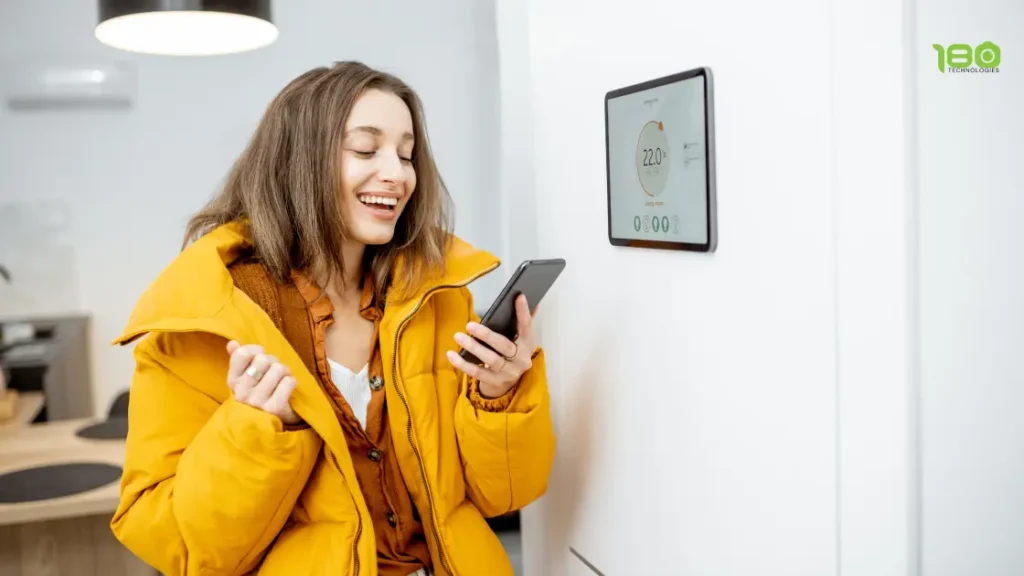
Conclusion
In conclusion, smart home automation offers a gateway to a more convenient, efficient, and secure lifestyle. By integrating smart devices and systems, you can streamline everyday tasks, enhance comfort, and reduce energy consumption. To get started with home automation, begin by identifying your needs and priorities, researching compatible devices, and choosing a centralized control hub. Take advantage of the growing market of smart home products and explore the endless possibilities of creating a personalized, connected home tailored to your preferences. Embrace the future of living with smart home automation and unlock the potential for a smarter, more seamless way of life.
